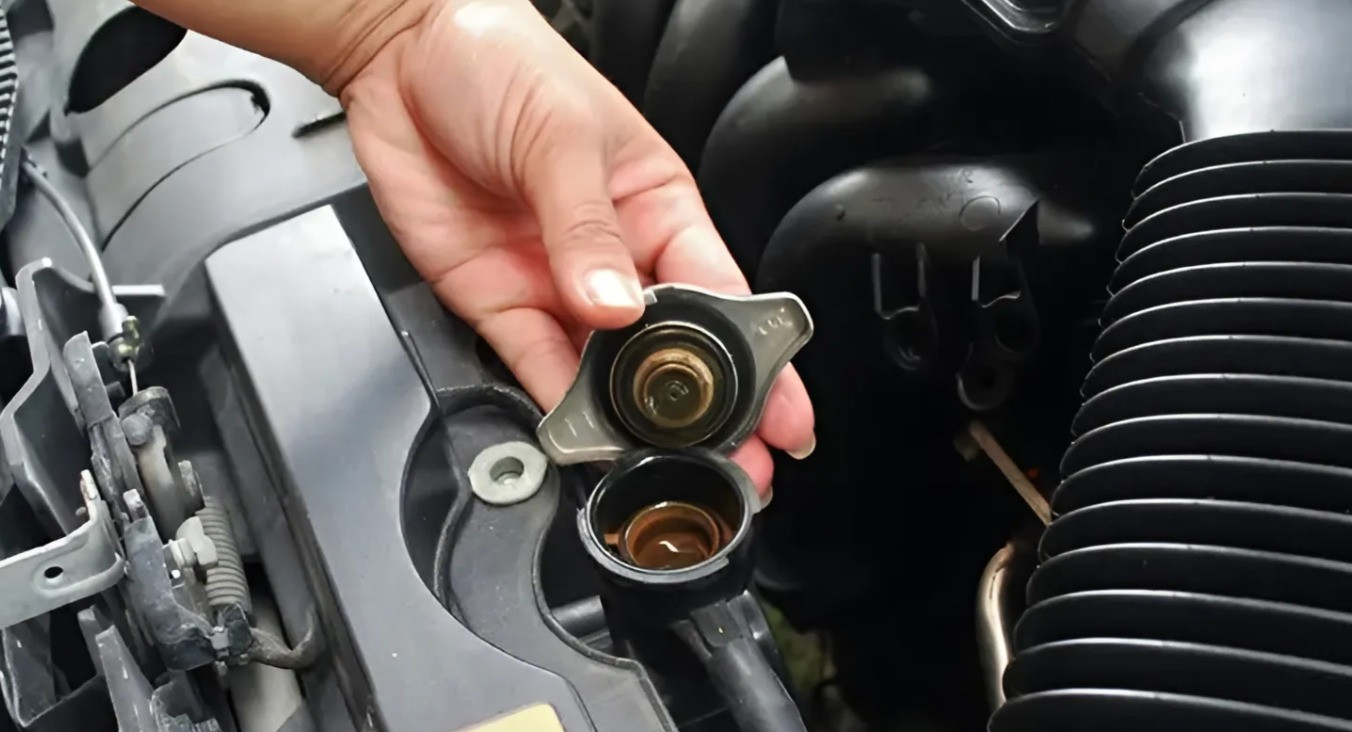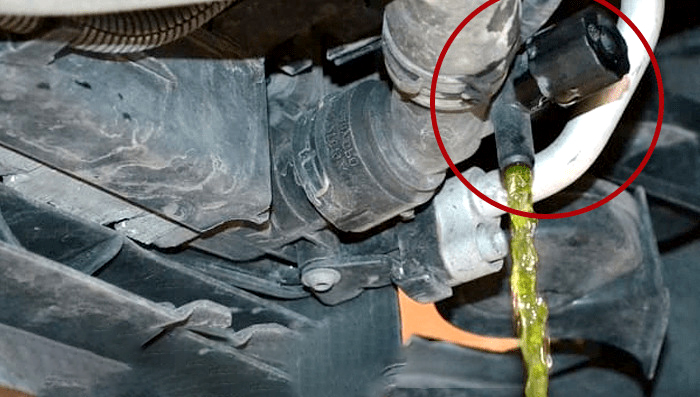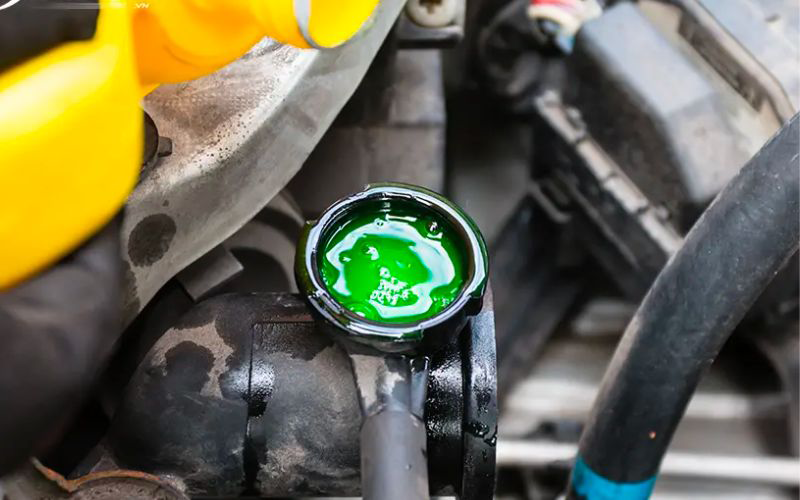Simple Instructions for Changing Car Coolant at Home
GLY COOLANT by Việt Đức JSC, made with premium BASF additives, ensures superior protection against corrosion and scaling. The article also highlights recommended replacement intervals, signs of coolant deterioration, and proper disposal methods.
Regularly replacing coolant is an essential step to ensure your car's engine operates efficiently, avoids overheating, and extends the lifespan of its components. Instead of taking your car to a garage, you can easily replace the coolant at home if you know how to do it correctly. This guide will walk you through the steps to complete this task simply and safely.
1. Preparation Before Replacing Coolant
Tools and materials needed:
- New coolant (ensure the type and quantity match your car's specifications – check the owner’s manual). It is recommended to use OAT (Organic Acid Technology) coolant products.
- A funnel for pouring the coolant.
- A container for old coolant (if necessary).
- Gloves and safety goggles.
- Towels or rags.
- A tool for opening the radiator cap (if the cap is tight or difficult to open).
Important Note: Perform this task only when the engine is completely cool to avoid the risk of burns from high pressure and temperature in the cooling system.
2. Coolant Change Steps
Step 1: Park the vehicle on a level surface and turn off the engine

Make sure the vehicle is turned off and the engine is cool. Park the vehicle in a cool, level area to facilitate handling and prevent spills.
Step 2: Open the radiator cap and the auxiliary tank

Wear gloves and safety glasses.
Open the radiator cap and the auxiliary tank if equipped. Be careful when opening the cap, especially if the engine is hot as steam may be emitted.
Step 3: Drain the old coolant

- Locate the drain valve or drain plug under the radiator. Use a wrench if necessary to open the valve.
- Place a container under the drain valve to catch the old coolant.
- Once the water has drained, screw the drain valve back on.
Note: If you want to flush the system, fill the radiator with clean water and flush it again before refilling.
Step 4: Pour new coolant into the system
.jpg)
- Use a funnel to pour new coolant into the radiator and sub-tank.
- Pour slowly and continuously until the coolant reaches the required level (usually marked MAX on the sub-tank).
Step 5: Start the vehicle and check

-
After filling with coolant, start the engine and let it run for about 5-10 minutes to allow the coolant to circulate.
-
Check the coolant level in the auxiliary tank again. If the coolant drops, add more until it reaches the correct level.
Step 6: Close the radiator cap and the auxiliary tank tightly.
.jpg)
Make sure the radiator cap and filler cap are tightly closed to prevent leaks and maintain system pressure.
3. Important Notes When Replacing Coolant
-
Use the correct type of coolant: Follow the manufacturer’s recommendations. Avoid mixing coolants of different technologies (e.g., IAT and OAT).
-
Dispose of old coolant properly: Do not pour old coolant into the environment, as it contains harmful chemicals. Bring it to designated collection or waste disposal centers.
-
Regularly inspect the system: After replacing the coolant, check for any signs of leaks (e.g., puddles under the vehicle).
4. When Should You Replace Coolant?
The recommended coolant replacement interval is typically every 40,000–60,000 km or 2–5 years, depending on the type of coolant and your vehicle.
Signs that coolant needs to be replaced:
-
The engine temperature rises abnormally.
-
The coolant appears cloudy, contains sediment, or has air bubbles.
-
The coolant level in the overflow tank frequently drops.
5. Which Coolant Should You Choose to Ensure Safety for Your Vehicle?
Coolant plays a crucial role in protecting and maintaining engine performance. Regularly checking and replacing coolant is essential to ensure stable and long-lasting engine operation. Vehicle owners should pay attention to coolant condition to avoid unnecessary problems and keep their cars in top condition.
Currently, Organic Acid Technology (OAT) coolants are the most advanced, offering optimal protection for the cooling system while being environmentally friendly. This makes them the best choice for your vehicle.
GLY COOLANT coolant of Viet Duc
.jpg)
GLY COOLANT – a product by Việt Đức Joint Stock Company – is manufactured using Organic Acid Technology (OAT) and comes in two popular colors: green and red. This allows users to easily select and refill coolant that matches the previously used product without worrying about compatibility issues.
What sets GLY COOLANT apart from other brands is its premium additive package—anti-corrosion, anti-scaling, and anti-foaming—imported directly from the renowned BASF Chemical Group in Germany.
Product Technical Information
Find more details about the product here: https://vietducjsc.vn/nuoc-lam-mat-c19.html
Order Online Now:
 Shopee: https://shopee.vn/Nuoclammatdongco
Shopee: https://shopee.vn/Nuoclammatdongco
 Lazada: https://www.lazada.vn/products/nuoc-lam-mat-dong-co-o-to-xe-may-gly-coolant
Lazada: https://www.lazada.vn/products/nuoc-lam-mat-dong-co-o-to-xe-may-gly-coolant

Coolant replacement, engine cooling system, coolant change guide, OAT coolant, GLY COOLANT, Việt Đức Joint Stock Company, car maintenance, overheating prevention, coolant disposal, BASF additives, radiator maintenance.
CÔNG TY CỔ PHẦN VIỆT ĐỨC
Địa chỉ: số 274 Ngô Quyền, P. Vạn Mỹ, Q. Ngô Quyền, TP. Hải Phòng
Điện thoại : 02253.765.721 Fax: 02253.752.450
Email: sales@vietducjsc.vn
Website: www.vietducjsc.vn
Hotline 1: 0989.080.608 Hotline 2: 0904.085.608








